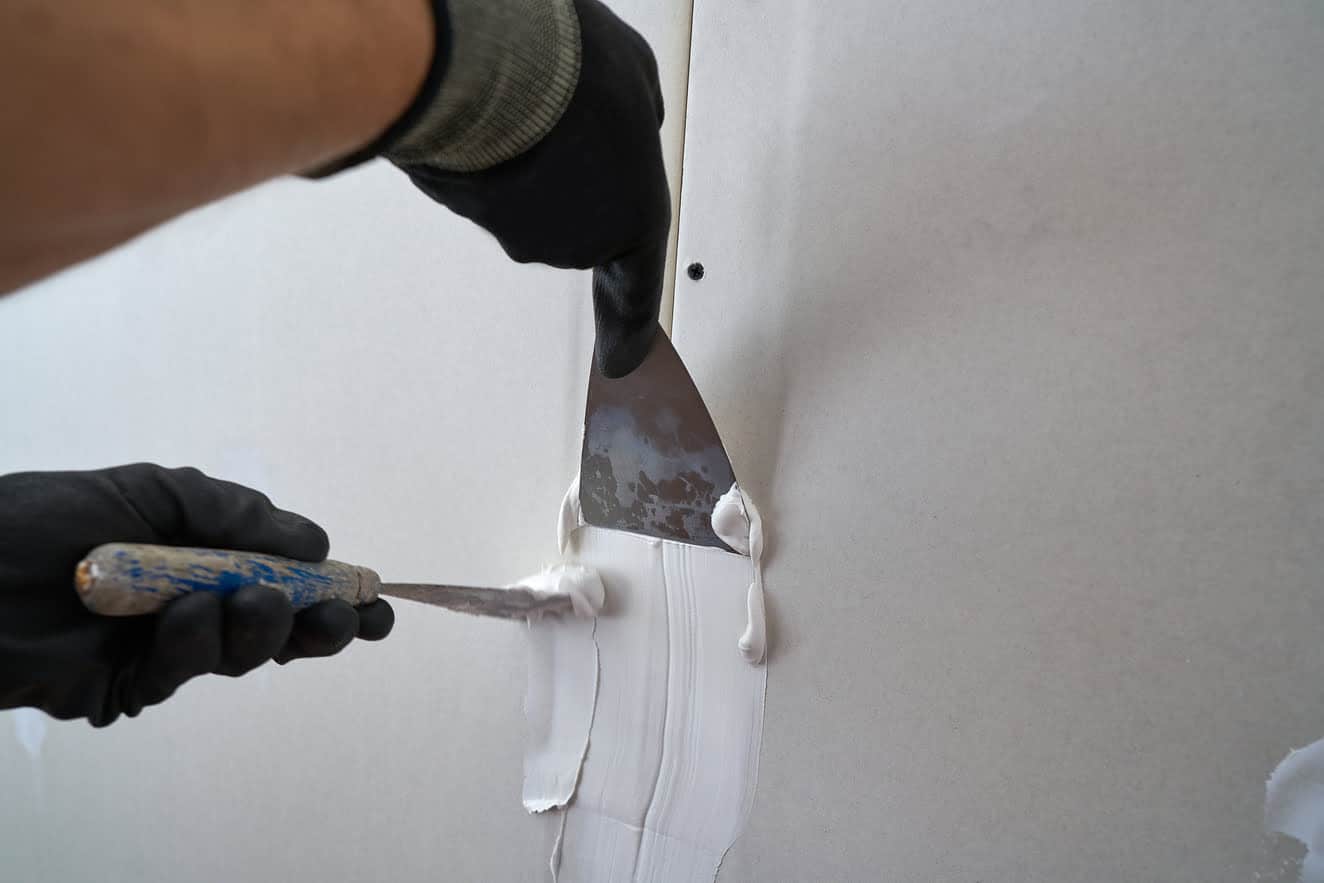In the realm of construction and renovation, achieving a flawless finish on walls and ceilings is paramount. One crucial element in achieving this perfection is the use of GIB Stoppers. These versatile materials play a significant role in smoothing out imperfections and providing a seamless surface for painting or wallpapering.
Types of GIB Stoppers
There are several types of GIB Stoppers available in the market. The most common ones include paper tape, metal, and composite GIB Stoppers. Each type has its unique characteristics and applications, catering to different needs and preferences in the construction industry.
Process of Using GIB Stoppers
Using GIB Stoppers involves a series of steps to ensure a flawless finish. It begins with the preparation of the surface, followed by the application of the GIB Stoppers using specialized tools. Finally, finishing touches are applied to achieve the desired smoothness and texture.
Benefits of Using GIB Stoppers
The use of GIB Stoppers offers numerous benefits in construction and renovation projects. Not only do they provide a smooth finishing, but they also enhance the durability of walls and ceilings while effectively concealing imperfections.
Common Applications of GIB Stoppers
GIB Stoppers find extensive applications in both residential and commercial construction projects, as well as renovation endeavors. From smoothing out walls in new constructions to repairing damaged surfaces in existing structures, GIB Stoppers are indispensable in achieving a polished look.
Tools Required for GIB Stopping
To effectively use GIB Stoppers, certain tools are essential. These include a trowel for applying the compound, sandpaper for smoothing out surfaces, and joint compound for filling in gaps and imperfections.
Tips for Efficient GIB Stopping
Efficient GIB Stopping requires attention to detail and proper technique. It is crucial to adequately prepare the surface, use the right amount of compound, and allow sufficient drying time between coats for optimal results.
Challenges in GIB Stopping
Despite its benefits, GIB Stopping comes with its set of challenges. Common issues include cracking, bubbling, and uneven surfaces, which can detract from the overall finish if not addressed properly.
Safety Precautions
When working with GIB Stoppers, it is essential to prioritize safety. This includes ensuring proper ventilation in the workspace, wearing protective gear such as goggles and masks, and following guidelines for the disposal of materials.
Cost Considerations
The cost of GIB Stopping varies depending on factors such as material quality and labor expenses. It is essential to factor in these costs when planning construction or renovation budgets.
DIY vs. Professional GIB Stopping
While DIY GIB Stopping is an option for some homeowners, it may not always yield the same results as professional services. Each approach has its pros and cons, and it is essential to weigh them carefully before making a decision.
Environmental Impact of GIB Stoppers
As sustainability becomes increasingly important in the construction industry, there is growing interest in eco-friendly GIB Stopping options. Additionally, proper disposal practices are crucial to minimize environmental impact.
Innovations in GIB Stopping
Advancements in materials and techniques have led to innovations in GIB Stopping. New products offer enhanced performance and durability, contributing to higher quality finishes in construction projects.
Future Trends in GIB Stopping
Looking ahead, sustainability and automation are expected to shape the future of GIB Stopping. Manufacturers are focusing on developing greener alternatives, while advancements in technology aim to streamline the application process.
Conclusion
In conclusion, professional GIB stoppers in Auckland play a vital role in achieving smooth, flawless finishes in construction and renovation projects. With their numerous benefits and applications, they are indispensable tools for contractors and DIY enthusiasts alike.
